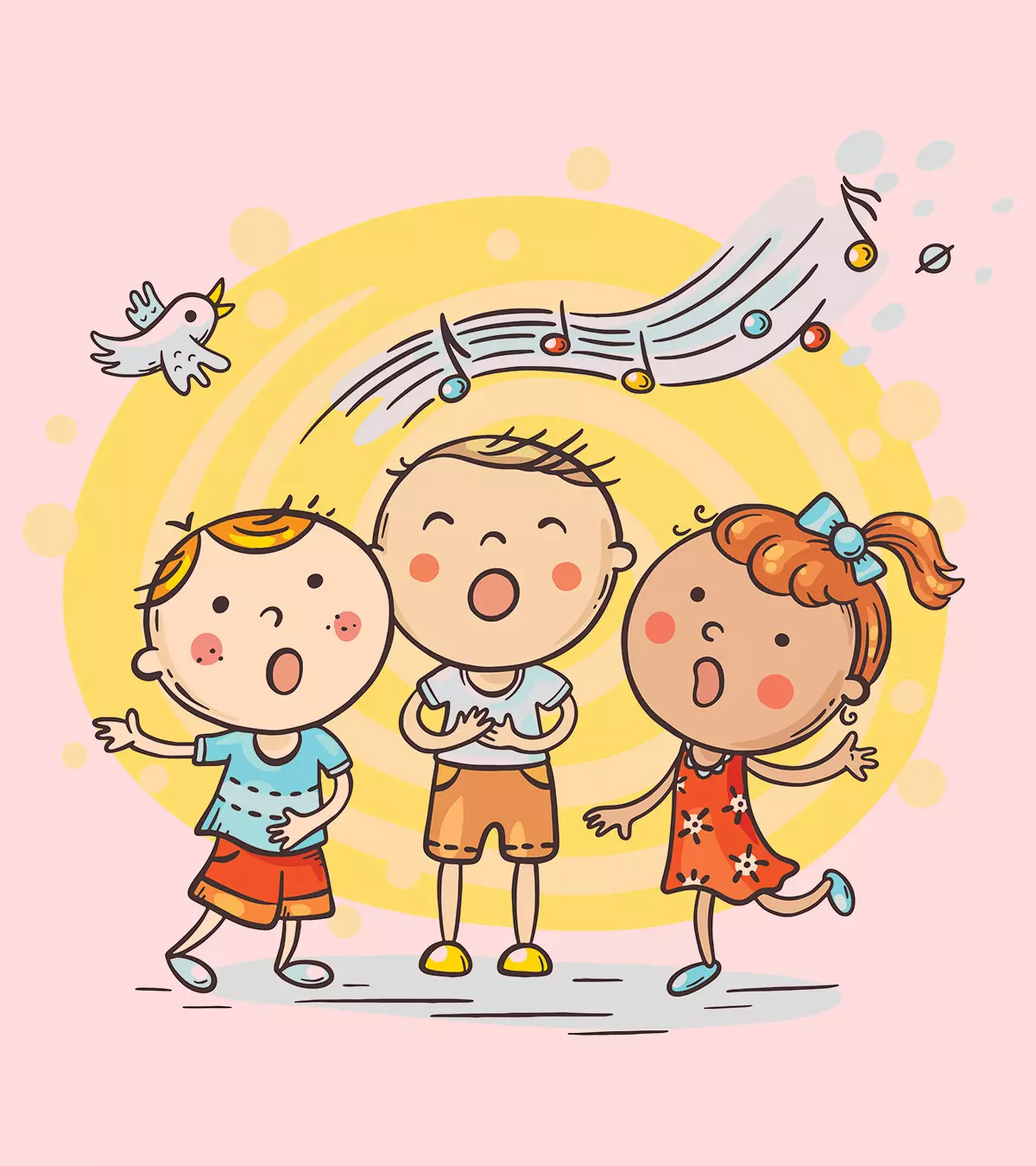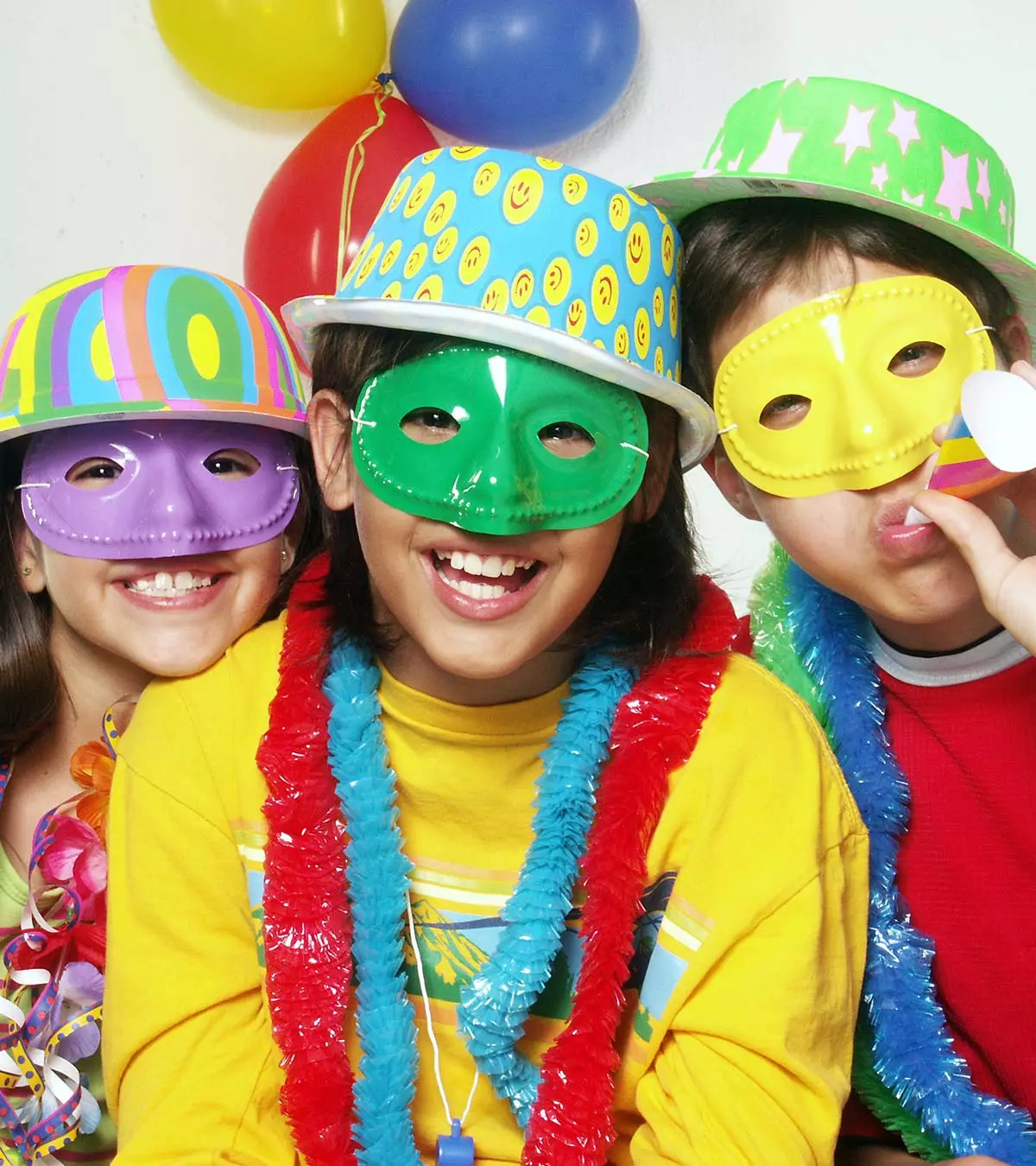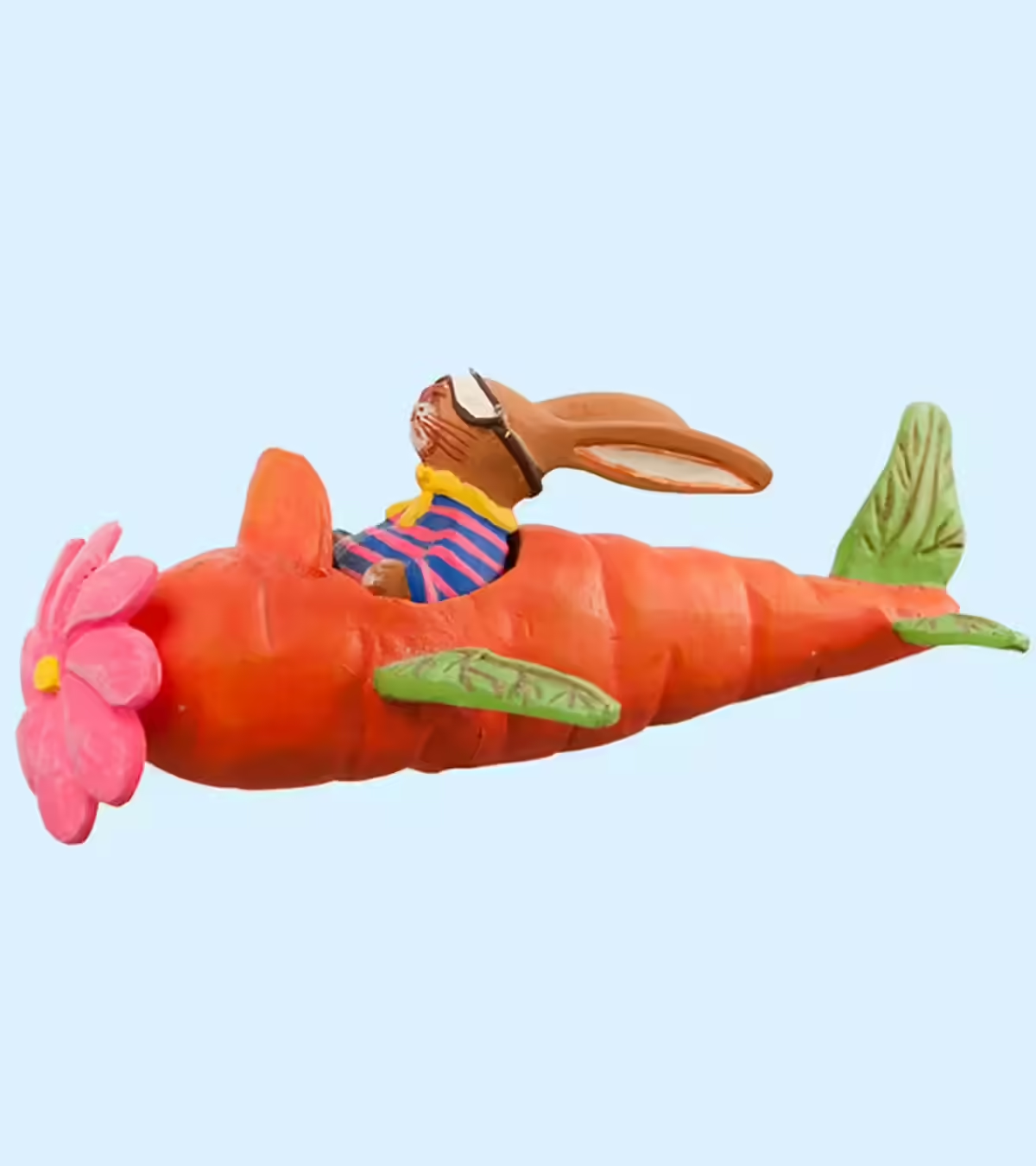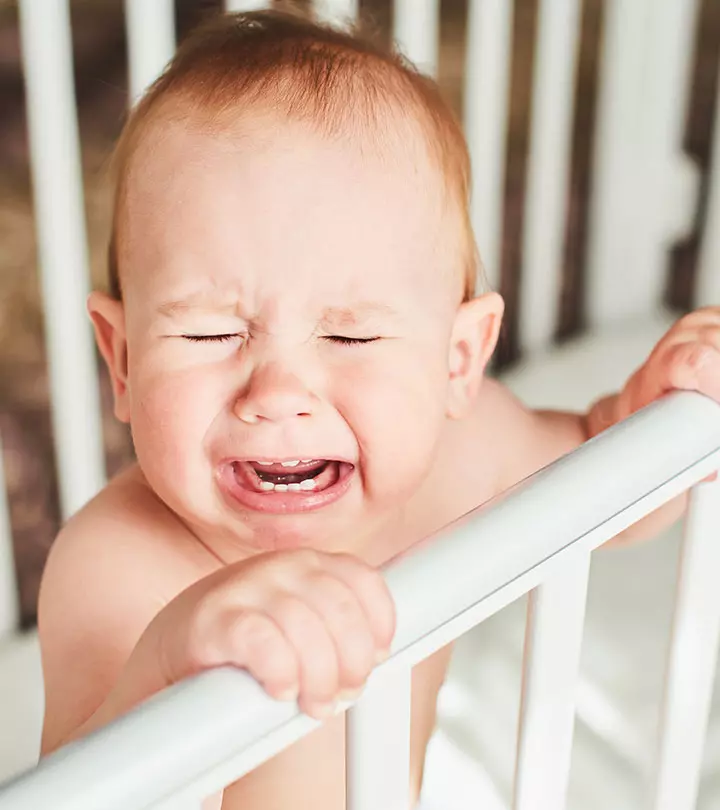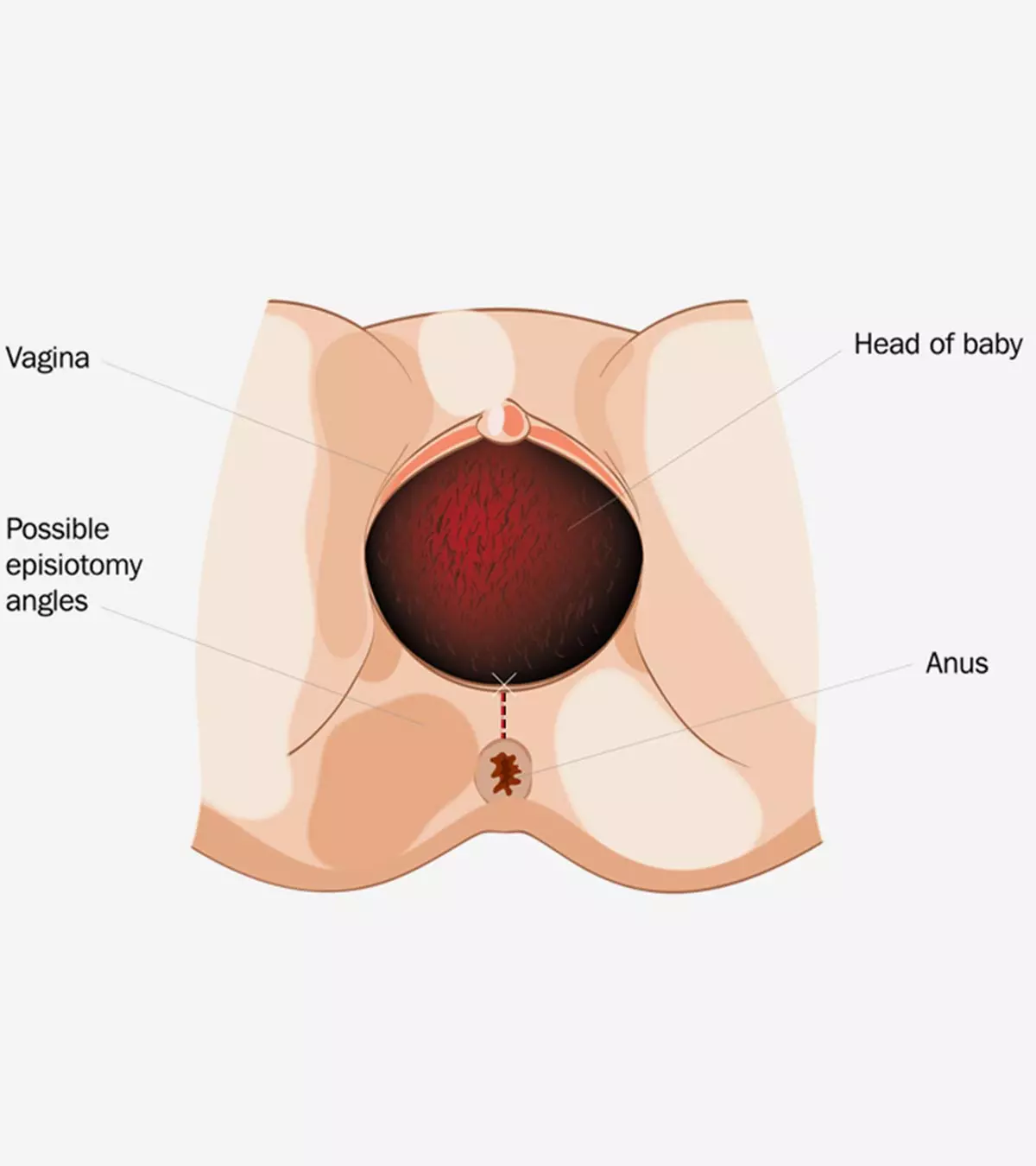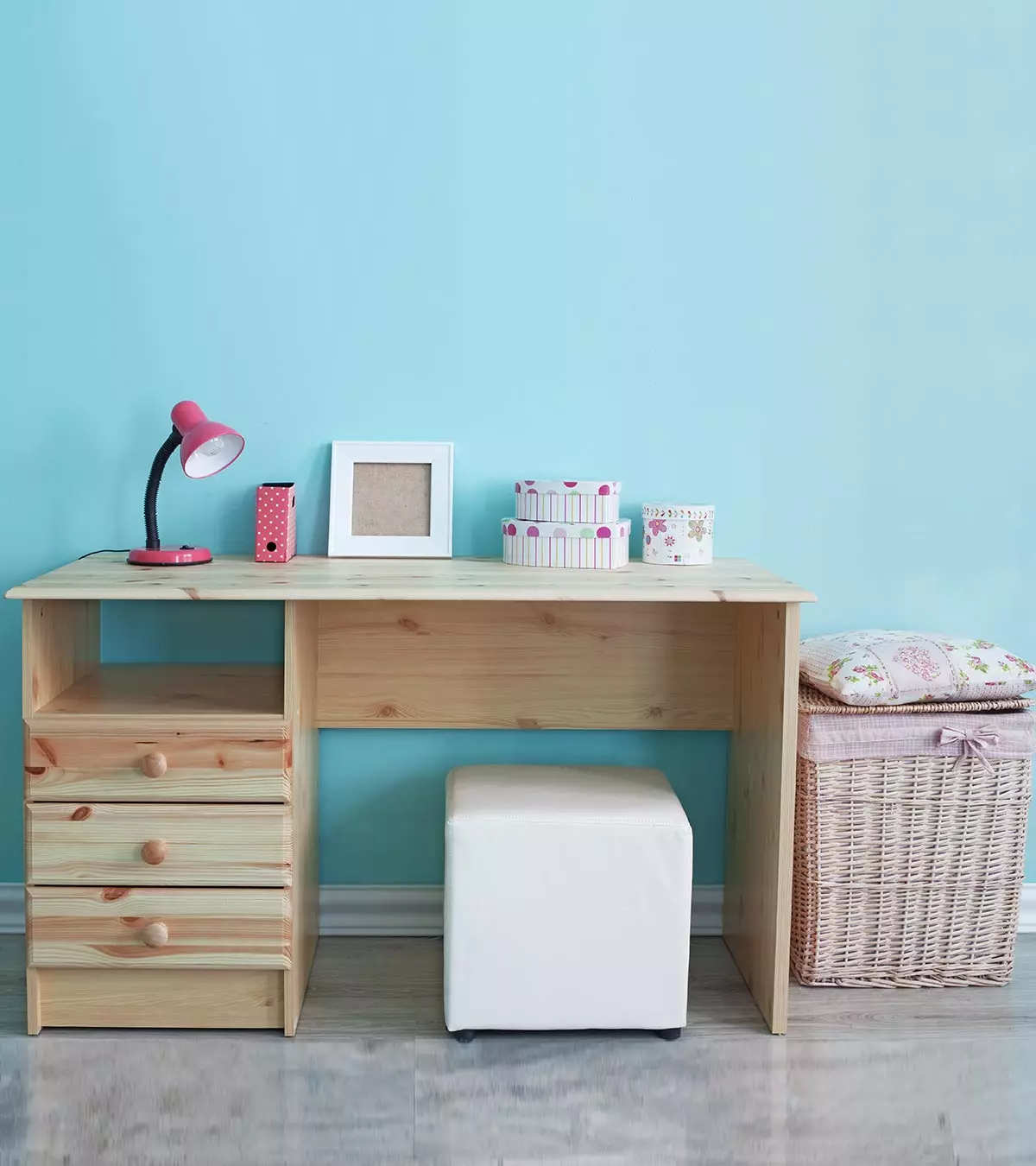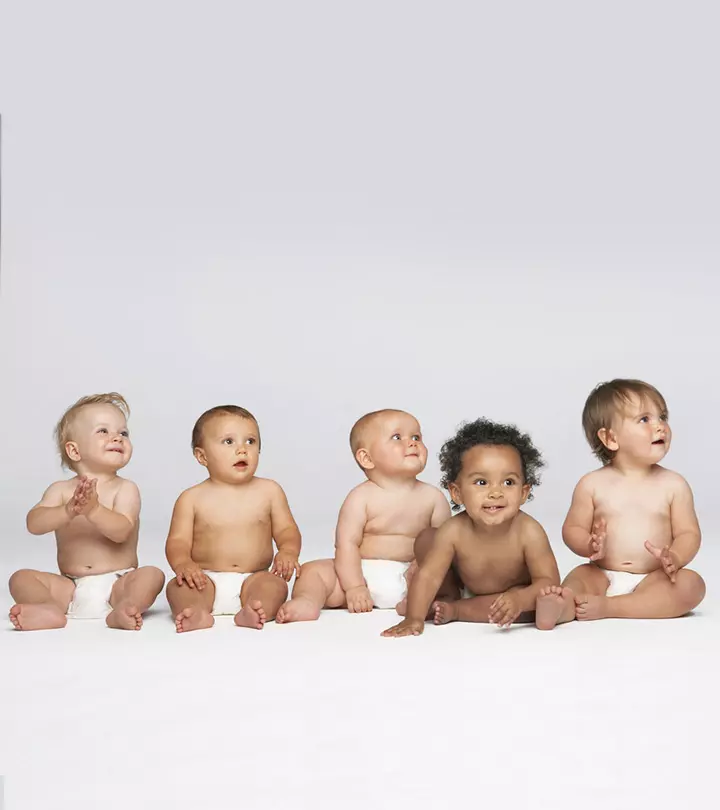

Image: Shutterstock

As adults, we are quick to categorize and stereotype people. The society, media, and archaic mindset passed on from generation to generation have all contributed to “the other” concept. Thanks to this categorization, we witness what can be labeled as a blemish on humanity — racism. We may not actively partake in racism, but the truth is that it exists.
Our duty as parents is to do our part to ensure that the next generation is sensitive, empathetic, and humane enough to do away with racism and all the atrocities associated with race. One way to go about this is by introducing your babies to different races. Only when we acknowledge the various races and cultures around the world can we think of having real equality. And the earlier children are introduced to this concept the better. This would help your child see all as equal without any discrimination and make friends easily with kids from other cultures and races.
We’re about to tell you why you need to do this and how to go about teaching your child about race as they grow older. So, keep reading:
Are Babies Naturally Racist?
Image: Shutterstock
You may have noticed this with your child — they seem to be a lot more comfortable with their family members or people who look a lot like family. But when they see someone who doesn’t look like the same race as their parents, they begin to turn away from them. Does this mean that your lovely, innocent baby is a racist? No.
When babies reach around three months of age, they begin to differentiate between people. They begin to categorize themselves and their family members as one — there is a sense of familiarity attached here as they all look the same or belong to one color. But when they see someone of a different race, it is their instinct to put them under another category: one that is unfamiliar and not a part of their family. This is purely a survival instinct (1).
But this also makes it all the more critical for you as parents to introduce them to different races. What started as a survival instinct doesn’t have to evolve into racial bias. As your child familiarizes themselves with other races, they will soon grow to love them for what they are — humans like themselves. Earlier you start on this process the better. Soon , your little one will start education, starting from daycare. Chances are that they will get to interact with kids from many different backgrounds. Only by being familiar and comfortable with different races they will be able to form judgement free friendships from such an early age.
How To Start Introducing Your Baby Or Toddler To Different Races
Image: Shutterstock
Your baby is a part of a big world that is home to different races and ethnicities. Here’s how you can make efforts to make them gel well with people from all walks of life:
- Expose Them To Cultural Diversity: Back in the day, the concept of “us” versus “them” was rigid and staunch. The fabulous characters in books, barbie dolls, and the good guys in cartoons were all mostly “white”. Nowadays, however, things are slowly changing. So, get your child books that portray different ethnicities. When buying dolls or toys, choose ones that resemble people from other cultures. Let your child familiarize themselves with varying races through this.
- Point Out Similarities: Everyone looks different, and this difference is prominent when you belong to a different culture. But at the same time, we are all the same — your child needs to know this. So, when your child sees someone from a different culture, point out the similarities. Tell them that they too have a cute smile, ears, lovely hair, and a voice. When they see a child from a different race, say something along the lines of “look, you have a little friend who is cute just like you!”. This way, they won’t be biased and differentiate between themselves and others.
- Keep A Tab On Negative Influences: Unfortunately, we live in a society where racism is quite rampant. You may go out of your way to protect your child from racist ideologies, but watch out for others who may negatively influence your child. It could be a family member or friend. When they behave indifferently or speak badly about people from other races, your baby will pick on such attitudes. They will, in turn, emulate such behavior.
- Introduce Elements Of A Different Culture At Home: it’s one thing to just know about another culture but to experience it at home would be a totally different one. How about you cook a meal common to another culture. Or maybe dress up, bring home a musical instrument and so many more. Experiencing another culture at home will pique your kid’s fascination of that culture and they would try to know more about it from that point on.
- Don’t Go Overboard: In your attempt to eliminate or prevent racial bias in your child, you may end up overdoing things, which in turn can backfire. For example, if your baby or toddler seems to be completely fine with someone of a different color, let it be. Don’t voluntarily put ideas in their head and point out differences. Similarly, refrain from proactively bringing up the topic of racism or cultural difference when there is no context — let the conversation flow naturally.
Babies aren’t racist; they aren’t born with the intense ability to hate someone because of their race. But babies are inquisitive, curious, and intelligent. Use these traits to allow them to explore different races. They’ll soon grow to look beyond external appearances, as it should be. What are your thoughts on this? How did you introduce your child to different cultures and races? Let us know in the comments below!
Community Experiences
Join the conversation and become a part of our nurturing community! Share your stories, experiences, and insights to connect with fellow parents.




